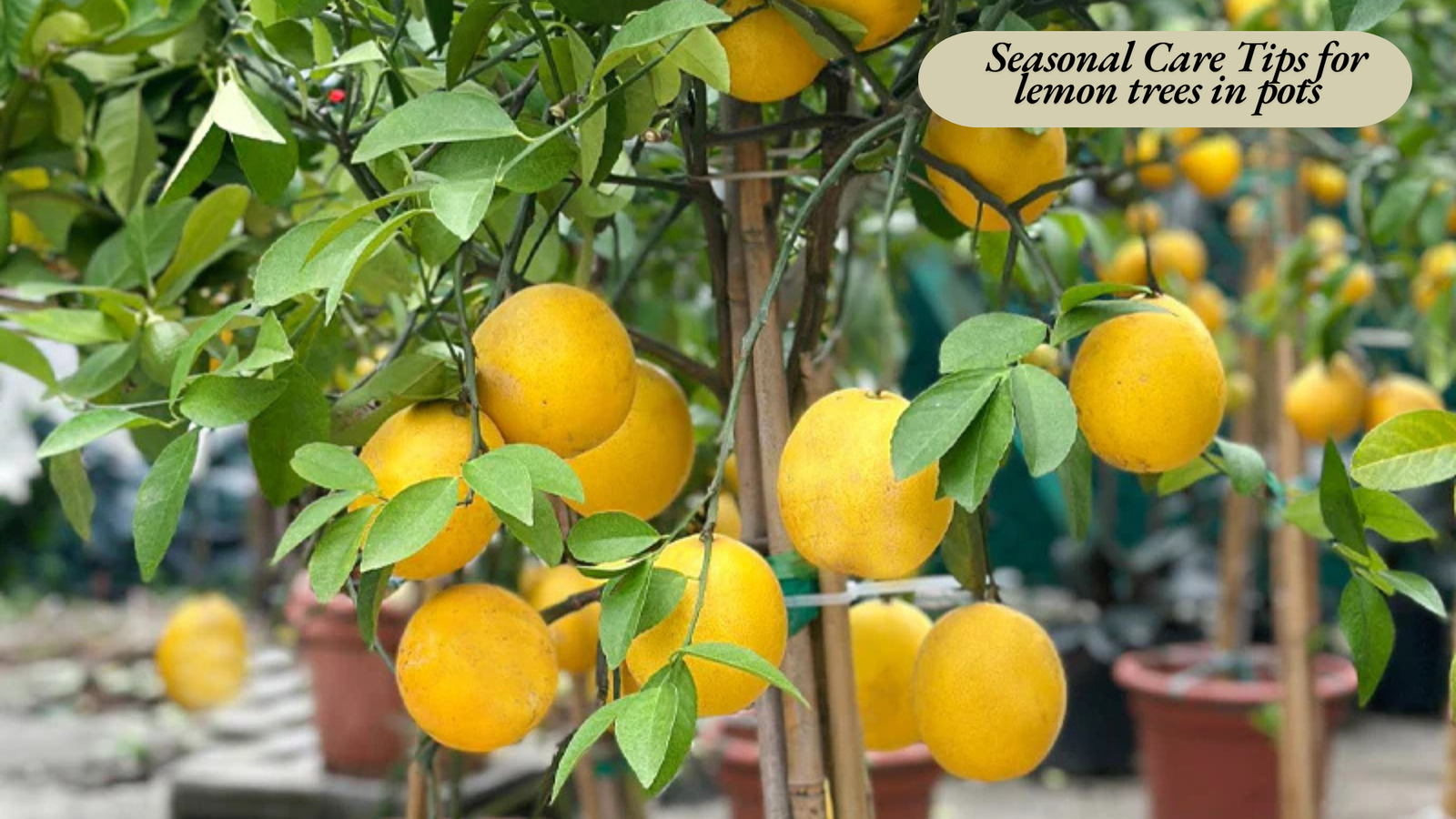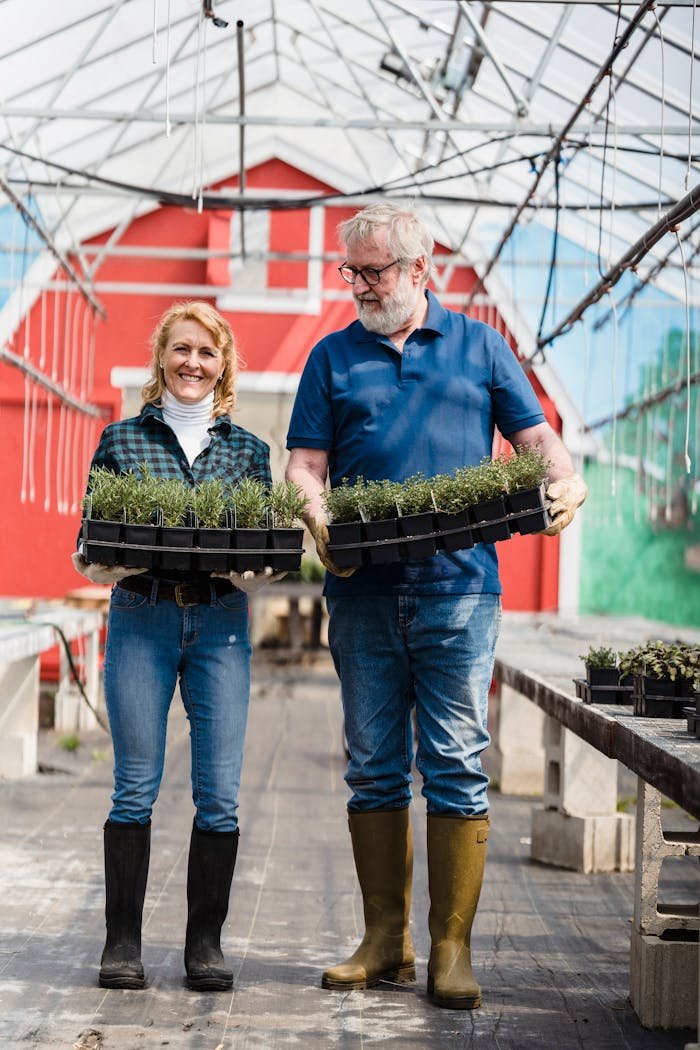Growing lemons in containers is a favorite choice for many home gardeners across the USA, especially those with limited space. But despite their charm, problems with lemon trees in pots can be frustrating and hard to fix without proper knowledge. From yellow leaves on lemon trees to root rot in lemon trees, these issues often stem from common mistakes like poor drainage, wrong pot size, or pest infestations. Lemon tree leaf problems and diseases can appear quickly if the tree doesn’t get the care it needs. By learning how to handle lemon tree pests, soil issues, and stress signs, you can enjoy healthy, fruit-bearing trees right from your balcony or patio.
1. Problems with lemon trees in pots Diseases to Watch Out For
Lemon tree diseases can kill your tree if ignored. One of the most dangerous is Armillaria root rot. This is a fungus that lives in the soil. It attacks the roots, making them brown and mushy. Leaves turn yellow, and the tree slowly dies. Another scary problem is Phytophthora gummosis. It causes sap oozing from lemon tree trunks. This thick gum comes from bark wounds. It’s a sign your tree is under attack.
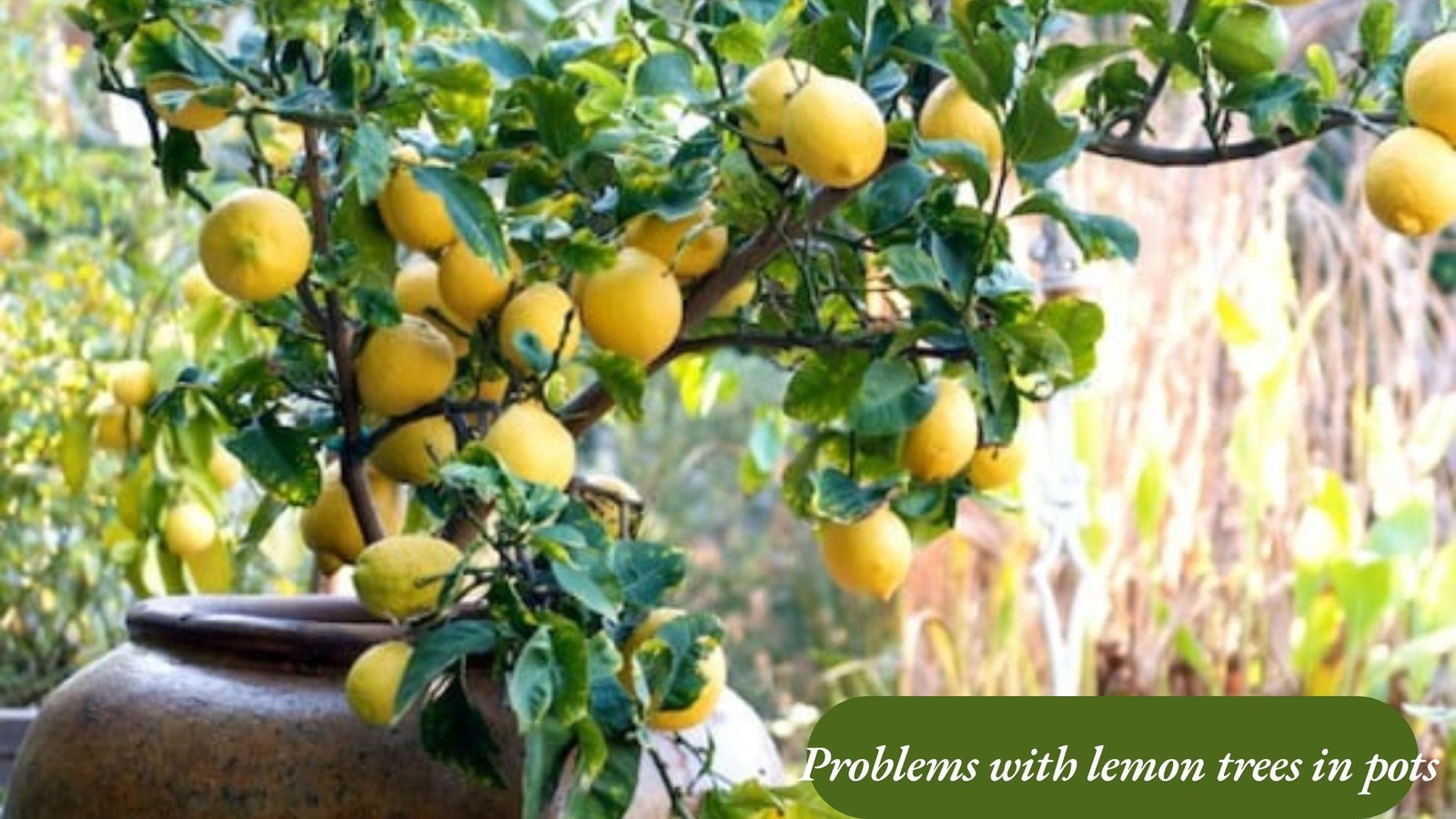
Bacterial blast, also called Pseudomonas syringa, is a tough disease in cool, wet areas. It makes the twigs black and the leaves fall off suddenly. Then there’s sooty mold. This black stuff on your leaves comes from honeydew-producing insects. They feed on sap and leave sticky waste that lets mold grow. Diseases like these lead to many lemon tree leaf problems and block growth.
2. Watering Problems with lemon trees in pots
Too much or too little water hurts lemon trees. If your lemon tree is not growing, check the soil. Overwatering causes root rot in lemon trees. You may see dark roots and a bad smell. This problem is worse in cold weather when the soil dries slowly. The best way to avoid this is by following a container watering guide.
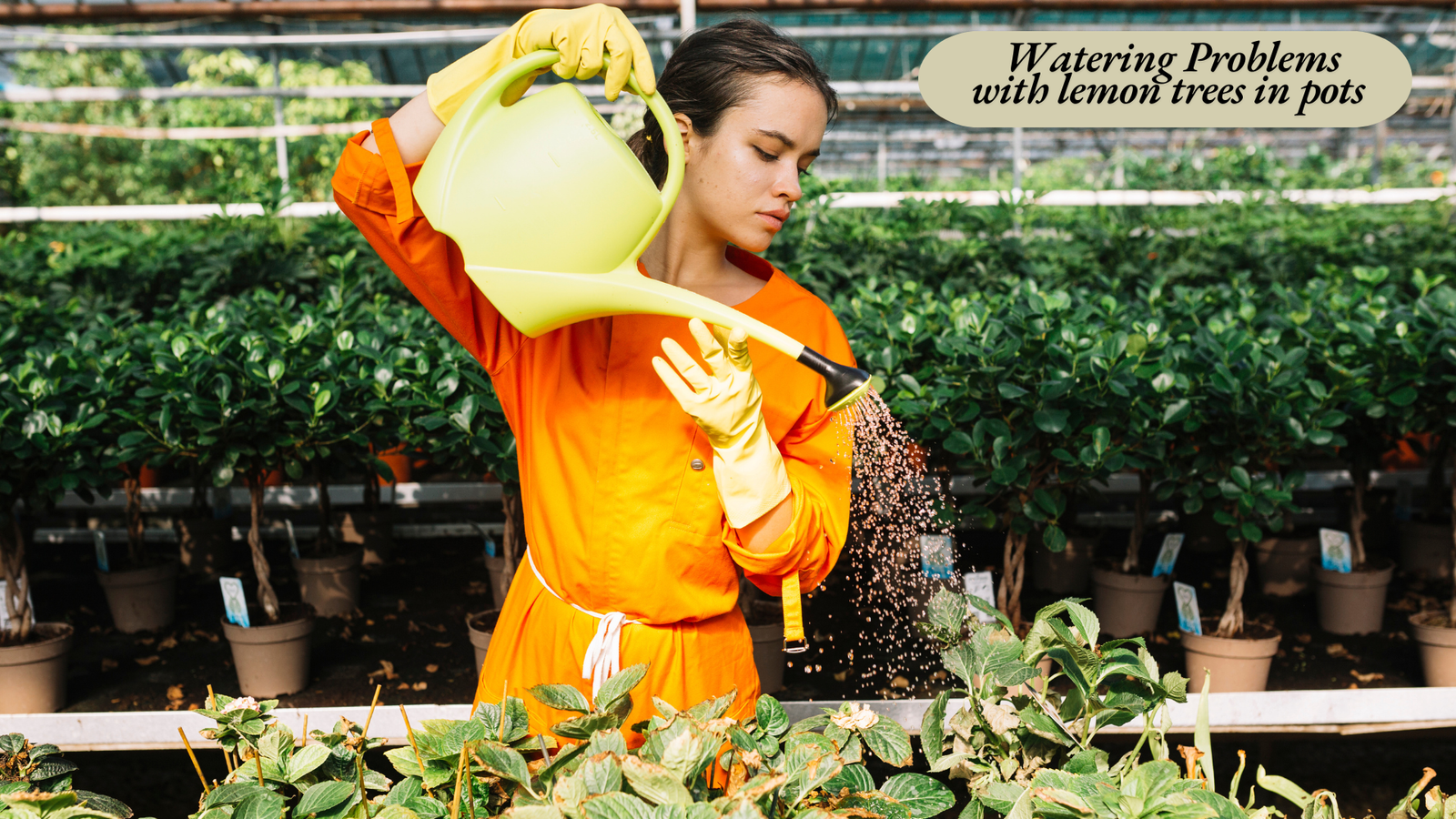
Underwatering is also dangerous. Dry soil makes the leaves curl or fall. If your tree is dropping leaves or showing signs of lemon tree stress, watering may be the cause. Keep the soil moist, but not soggy. Test with your finger—if it feels dry 2 inches down, water it. Avoid letting pots sit in trays full of water.
3. Light and Temperature Stress
Lemon trees love sunlight. They need at least 6–8 hours a day. If they don’t get enough, they grow slowly and produce fewer fruits. You may also see yellowing leaves in the lemon tree. This happens often with pot-grown citrus that stays indoors for too long. Move them to a sunny spot when you can.
Cold weather is another problem. Lemon trees don’t like frost. In the USA, use cold protection for citrus during winter. You can bring small pots inside or use windbreaks for lemon trees outside. If your tree has dropped leaves after a cold night, it may be from chill damage. Always move pots before the first frost.
4. Nutrient Deficiencies Problems lemon trees in pots
When lemon trees grow in pots, they can’t search for food. That’s why lemon tree soil problems are common. If you see pale or yellow leaves on a lemon tree, it might be lacking nitrogen or magnesium. Citrus fertilizer helps fix this.
Also watch for twisted or small leaves. That could be a lack of iron, zinc, or boron. Fertilize every few weeks in spring and summer. Mix the food well into the top layer of soil. Check labels to match your lemon tree’s needs. Always water after feeding to avoid root burn.
5. Pests That Target problems with lemon trees in pots
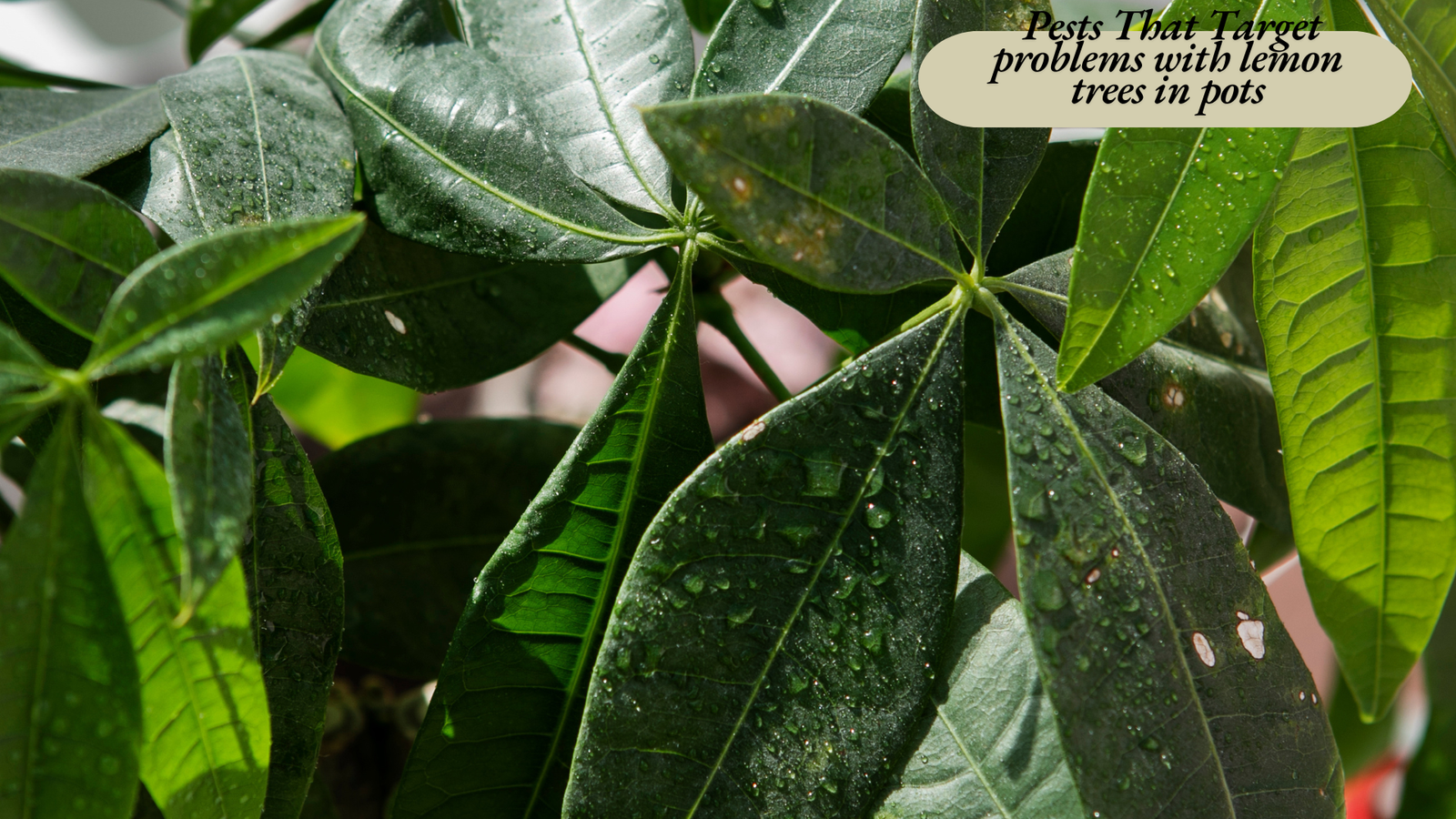
Many lemon tree pests enjoy citrus leaves. Aphids on citrus, scale insects, and citrus nematodes are common. Citrus nematodes are also called Tylenchulus semantrons. It lives in the roots and weakens the tree.
Use natural controls like neem oil for pests or horticultural oil spray. These smother the bugs without hurting the tree. If you see curling leaves or sticky spots, act fast. Pests can lead to lemon tree fungal infections if they stay too long. Keep your tree clean and check under the leaves weekly.
6. Pot Size, Soil, and Drainage Mistakes
If your lemon tree is not growing well, it may be in the wrong pot. A pot that’s too small makes the roots wrap around tightly. This leads to slow growth and signs of lemon tree stress. Big pots are also a problem if they keep the soil too wet. Always choose a pot with holes at the bottom.
Use light soil that drains well. Don’t use garden soil—it holds too much water. Make your mix with bark, peat, and perlite. These allow air to reach roots. Poor drainage leads to root rot in lemon trees, which causes wilting and yellowing.
7. Pruning and Maintenance Issues
Neglecting pruning can lead to crowded branches. Air won’t move through, and lemon tree bark disease may form. Dead wood or crossing branches should be removed. Do this during spring or after harvest.
Trim off suckers from the base. These suck energy from the plant. If your lemon tree looks messy or too tall, shape it gently. Pruning helps more light reach the fruit and keeps bugs away. It also reduces lemon tree leaf problems caused by fungus.
8. When Is My Lemon Tree Beyond Saving?
Sometimes, no matter what you do, the tree doesn’t recover. If the trunk is soft or split and leaves are all gone, it may be time to say goodbye. Use this table to help you decide:
| Symptom | Meaning |
| Brown, mushy roots | Severe root rot |
| No new leaves for months | Tree may be dead |
| Bark peeling, no green inside | Stem death |
| Sour smell from soil | Fungal infection |
Check all these before removing it. Still unsure? Ask a nursery expert. But don’t worry—learning how to save lemon trees starts with knowing when to let go.
9. Seasonal Care Tips for lemon trees in pots
Spring is the time to feed and prune. Summer is for deep watering and checking for citrus pests and treatment needs. In fall, reduce water and prepare for colder days. In winter, protect trees from frost using blankets or covers.
Every season has a job. Follow a calendar for your zone. Keep the tree happy by adjusting light, food, and water as the months change. That’s the secret to container lemon tree care that works all year.
10. Expert Tips for Reviving a Dying Lemon Tree
First, remove dead or moldy roots. Use clean tools and fresh soil. Flush the soil with water if you think salt or fertilizer built up. Trim back dead branches. Place the tree in a bright but not hot sun. Use compost tea or Epsom salt water to boost leaf growth.
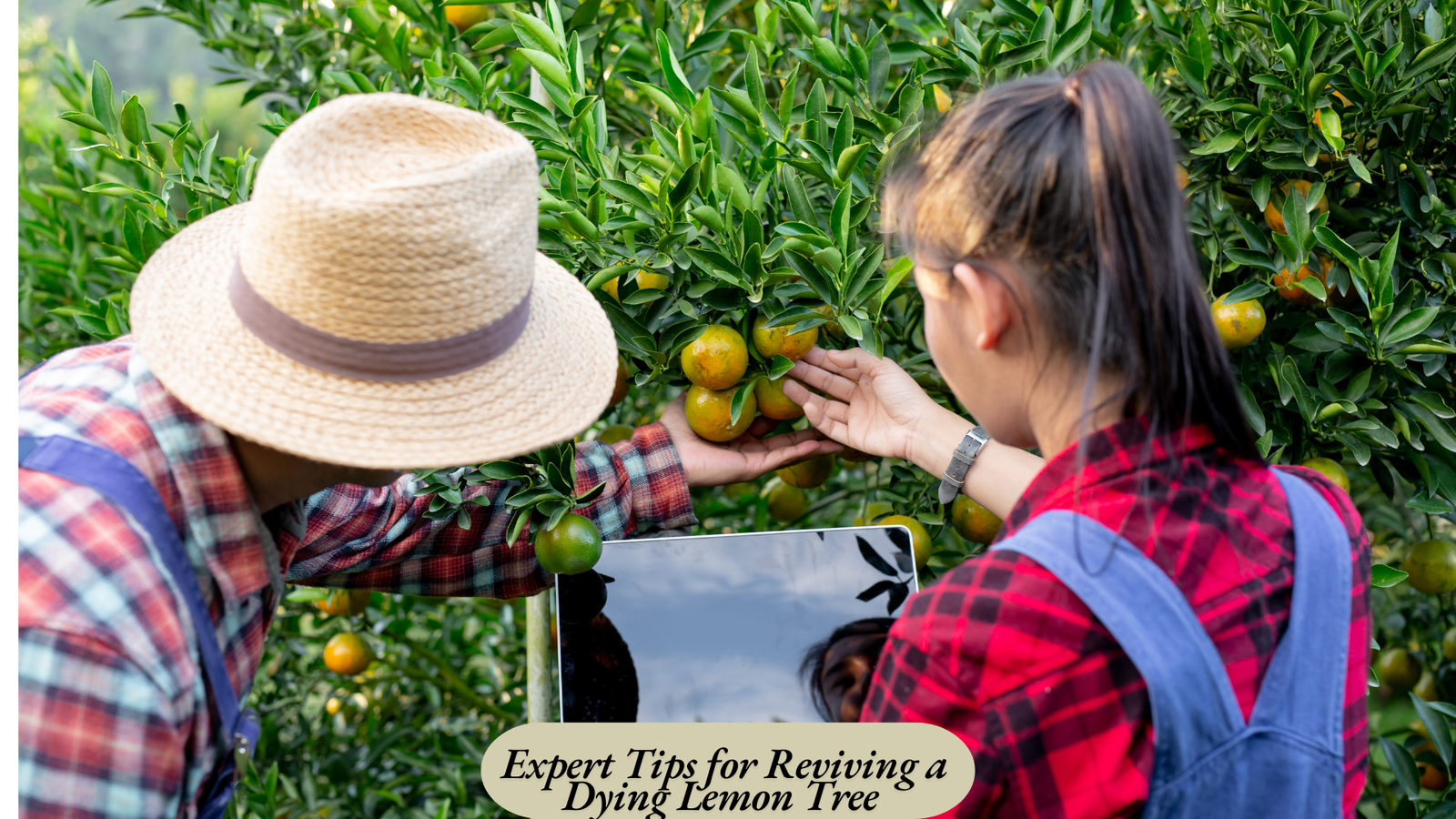
Avoid stress during revival. Don’t repot and prune at the same time. If bugs caused the damage, apply neem oil for pests weekly. Once you see new leaves, slowly return to normal care. Many gardeners have brought back dying trees with patience and care.
Conclusion
If you’re dealing with problems with lemon trees in pots, you’re not alone. Many American gardeners face issues like lemon tree diseases, pests, and stress. But with the right steps, you can grow a strong, fruiting tree. Learn the signs, fix the soil, adjust water, and protect from cold. If all else fails, follow the steps for how to save a lemon tree or start fresh. With time and care, even a weak lemon tree can thrive again.
FAQs
1. How to keep a potted lemon tree healthy?
Place it in full sun, water consistently without soaking, and feed monthly with a citrus fertilizer.
2. What’s wrong with my potted lemon tree?
It could be root rot, nutrient deficiency, lemon tree pests, or improper light—check leaves, roots, and soil.
3. What does an overwatered lemon tree look like?
Leaves turn yellow, wilt, and drop; roots may smell sour and feel mushy due to root rot in lemon trees.
4. How long do lemon trees last in pots?
With good care, a potted lemon tree can live 20–30 years and keep fruiting yearly.
5. Why are my potted lemon tree leaves turning yellow and falling off?
Likely causes are overwatering, nutrient lack, or poor drainage—all common lemon tree leaf problems


